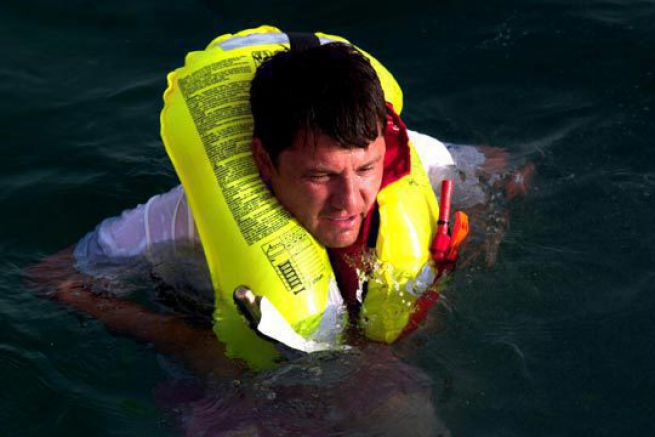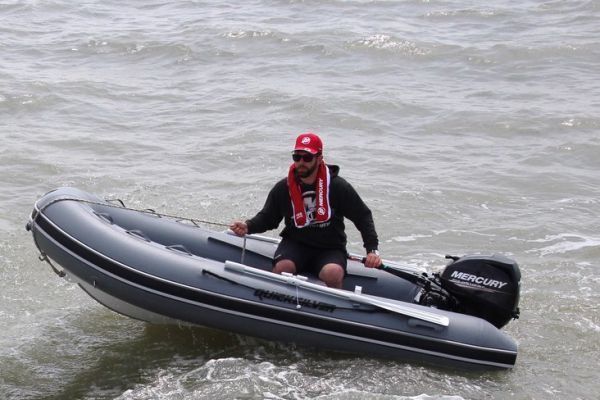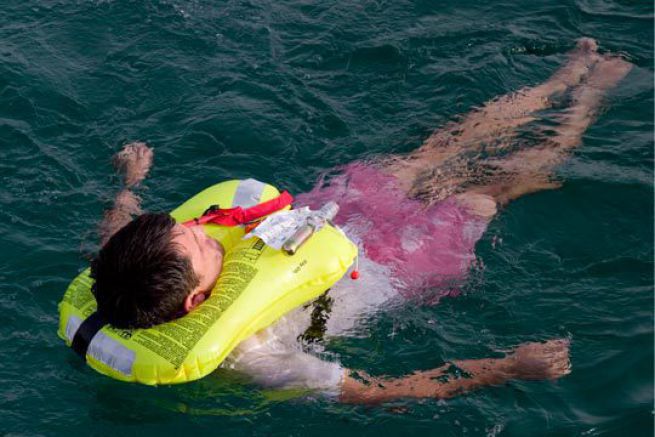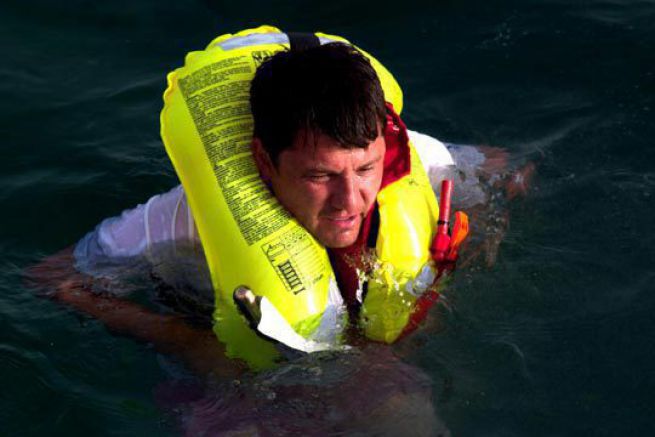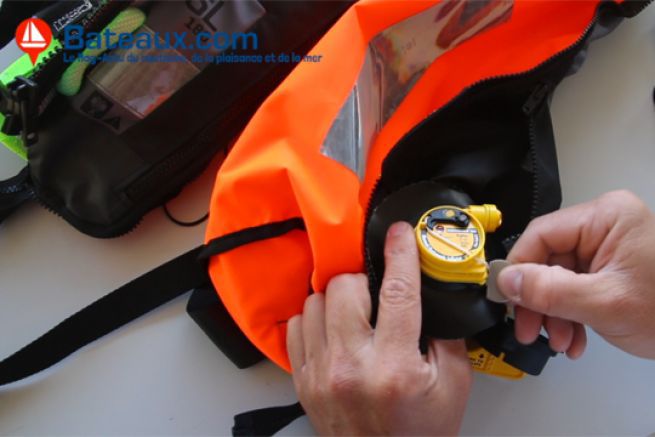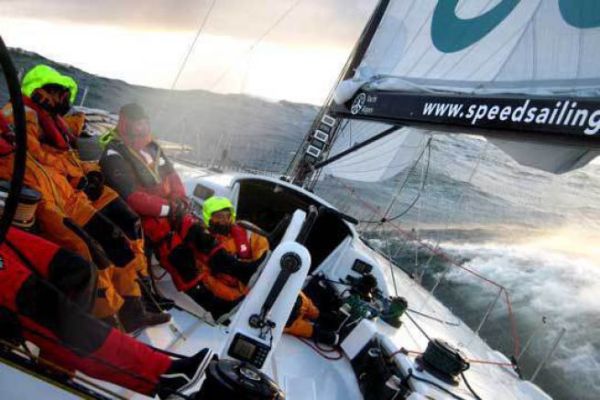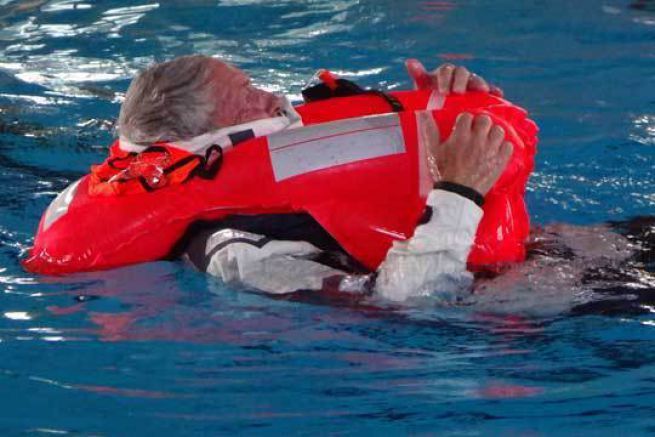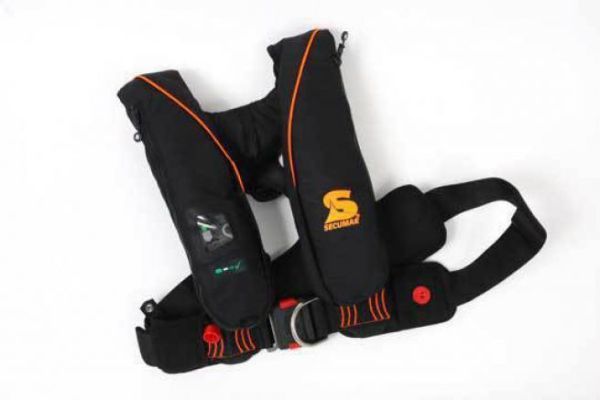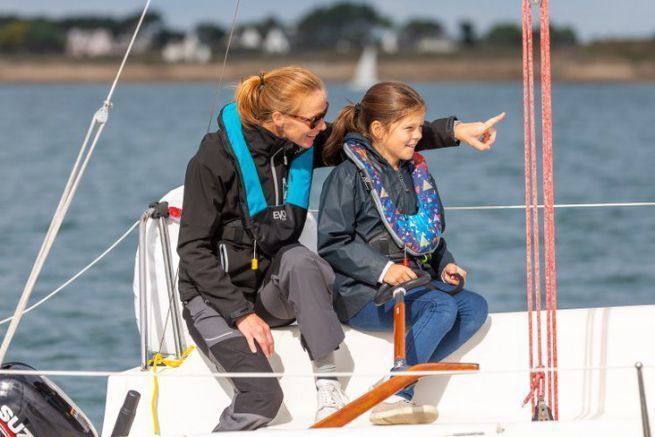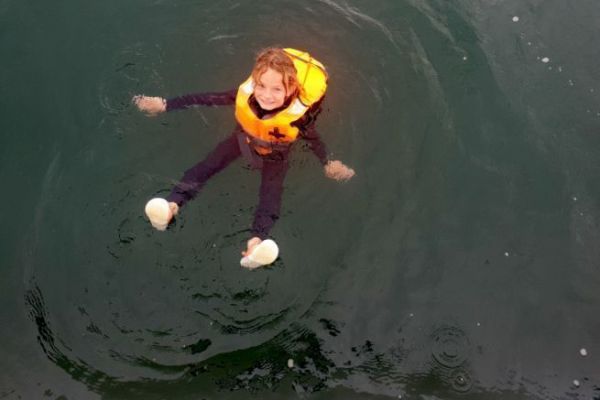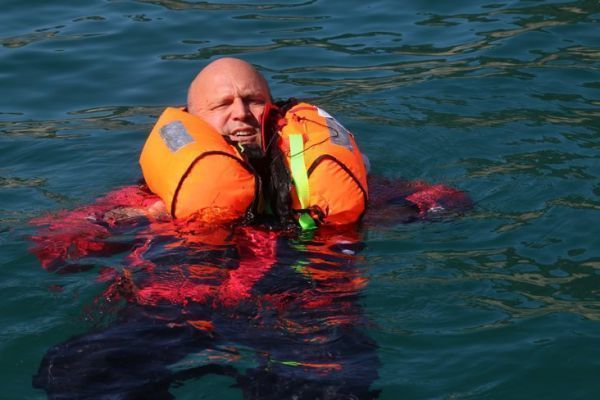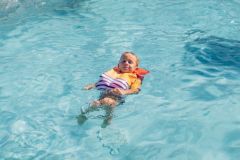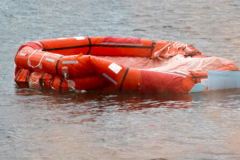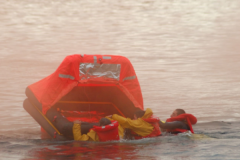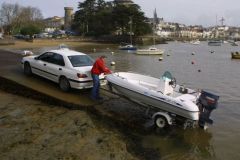To ensure a minimum price, lifejacket manufacturers often summarize this safety equipment as its primary function: to float the shipwrecked person. As for locating it, retrieving it... nothing is planned. We strongly recommend that you take care of this by adding accessories to your vest.
If you have to wear a vest, you may as well be spotted quickly. This ensures a quick and safe rescue.
Study the lifejacket models carefully, read the technical documents carefully. Some vests are already equipped with some accessories. It is sometimes interesting in terms of price, it shows above all that the model has been studied to receive them. It is then equipped with pockets, rings to attach bitches or other storage. This is not always the case with basic models...
Here is a list of important accessories to own with a vest.
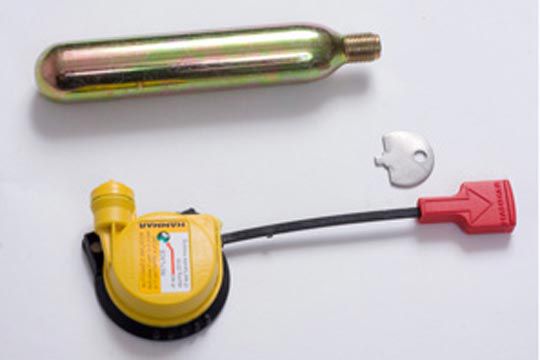
Replacement bottle and tablet
To be functional, an inflatable vest must remain in working order, if only in accordance with the regulations which require at least one vest per crew member on board (a hit vest is not valid unless you are still wearing inflated).
That's why we recommend that you always carry a vest reboot kit with you. It consists of a CO2 cartridge and a salt tablet or Hammar system.
Be careful, spare kits are often specific to each vest (or at least to each brand). Make sure you have the right one!
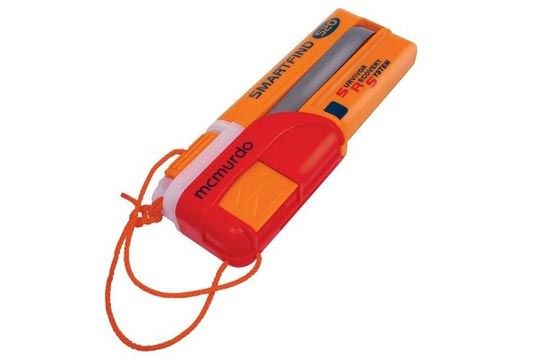
Electronic beacon
When you think of tracking, you think of an electronic distress beacon. There are two types on the market:
- pLB beacons that operate all over the world through a network of satellites.
- sART AIS beacons that trigger an alarm on the AIS network.
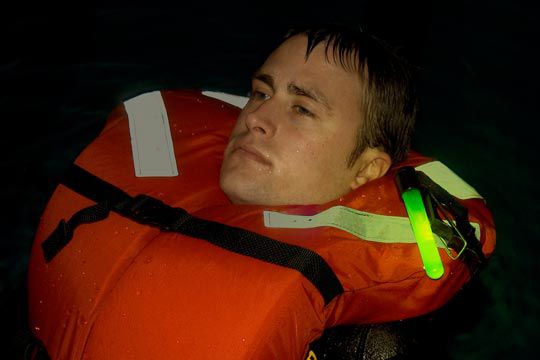
Cyalume
It is a simple plastic stick filled with liquid. Once activated, simply by breaking a capsule inside, it becomes bright with an autonomy of about ten hours. It's cheap, lightweight, space-saving.
It is really the accessory that it is unforgivable to forget.

Flash lamp
If you do not choose the Cyalume, you will choose the Flash Light (or flash lamp).
Already during the day, it is difficult to spot the head of your floating crew member at the water's edge. At night it is impossible if the latter cannot be signalled with a lamp. If the cyalume (see above) is effective, a flash-light (or flash lamp) has more range.
By default, the front ends often have a flashing mode that, even if it remains directional, can alert a boat. In this case, remember to use a waterproof front panel!
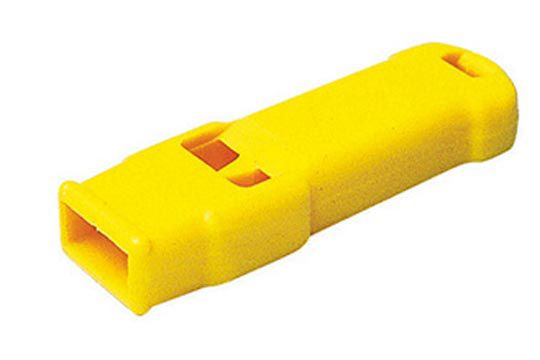
Whistle
Not knowing how to whistle, it's better to rely on a plastic model than on my fingers! However, the orange regulatory whistle on the vest is not really effective.
There are much more powerful models (more than 100 db) which, if they make you deaf, will alert a nearby boat.
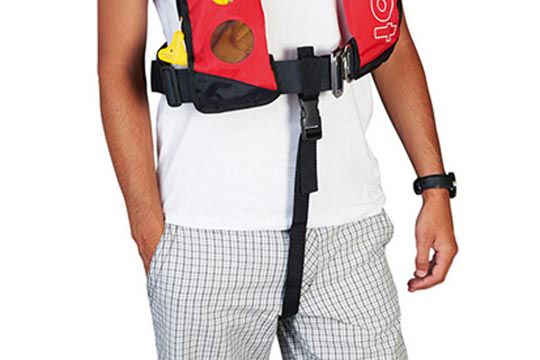
Subcutaneous
If not required by regulation, the subcutal should be present on all lifejackets. It prevents the vest from escaping from the top.
Of course it's hard to put on your vest, it's a little embarrassing to have that strap between your legs when you're sitting on deck... but if you lose your vest as soon as it falls into the water, what's the point of wearing one?
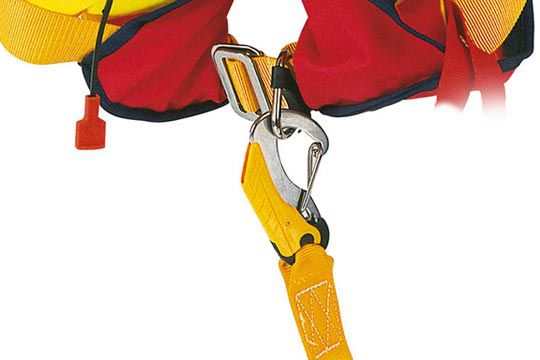
Lanyard
Once you have chosen a vest model that includes a harness, you should use a harness lanyard. This strap, extensible or not, with a carabiner at each end will be the link with the boat.
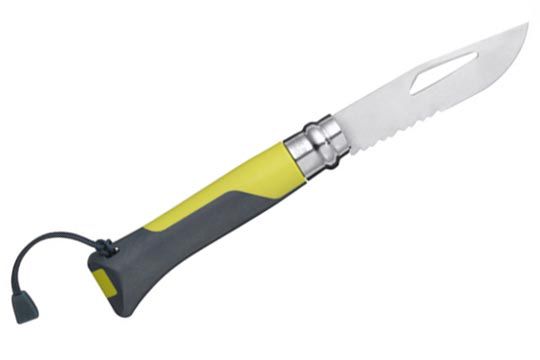
Knife or strap cutter
Once you have fallen into the water, the boat tows you and you drink the cup, it can be beneficial to be able to cut the lanyard. A knife is then essential. Look at the specific models that are designed to attack the strap without risking puncturing the bladder. Not really the goal... !
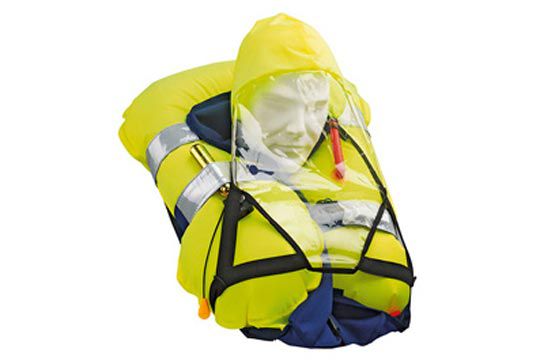
Protective mask
This hood that comes over the vest - it is held by elastic bands - protects the shipwrecked person's head from the spray. A particularly useful accessory in cold waters or when the wind is so strong that spray at the level of the water hinders breathing.
